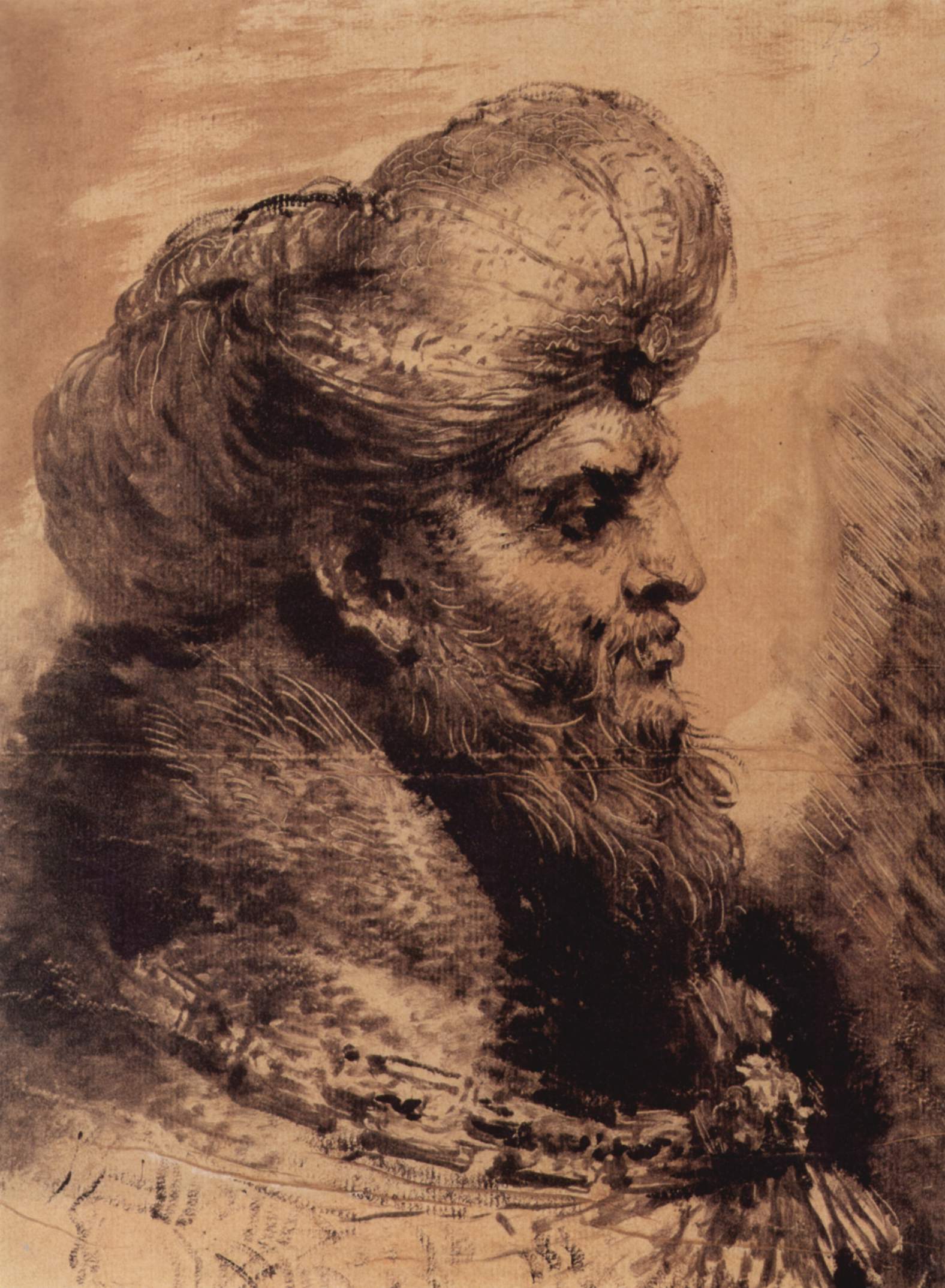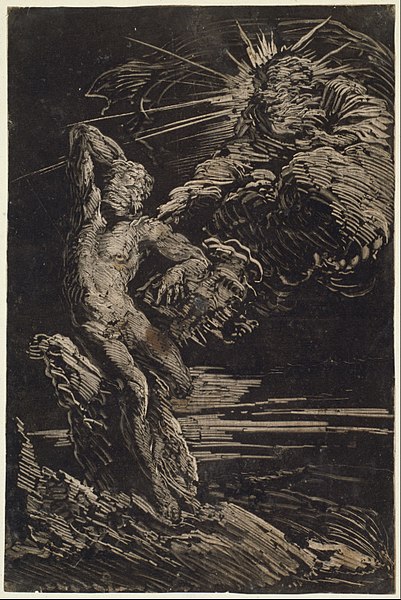Ibrahim el-Salahi (1930 – present) is a Sudanese artist painter and former politician and diplomat.He is considered a pioneer in Sudanese art. He developed his own style and was one of the first artists to elaborate the Arabic calligraphy in his paintings.
website: http://ibrahimsalahi.com
Ibrahim El Salahi Interview Tate Modern, July 2013
[wpdevart_youtube]BcmURP2jBoA[/wpdevart_youtube]
African Art on Display at London’s Tate Modern
[wpdevart_youtube]ELel952Ul9Y[/wpdevart_youtube]
Starts with in-depth interview with El-Salahi on his experiences in 1970s.
Ibrahim El Salahi Focus on Africa BBC World
Development of his art
El-Salahi was born on September 5, 1930, in Omdurman, Sudan. He studied Art at the School of Design of the Gordon Memorial College, currently the University of Khartoum. On the basis of a scholarship, he subsequently went to the Slade School of Fine Art in London from 1954 to 1957. He also stayed in Perugia in Italy for some time, to enlarge his knowledge of renaissance art. Back in Sudan, he taught at the School for Applied Arts in Khartoum.
In 1950s, 1960s and 1970s his work is dominated by elementary forms and lines. When El-Salahi returned to Khartoum to teach at the Technical Institute in 1957, he became one of the lead artists in a movement known as the ‘Khartoum School.’ Having gained its freedom from British colonial rule only one year previously, Sudanese artists were trying to define a new artistic voice and means of expression for the country. Yet when he held an exhibition of his work from the Slade at the Grand Hotel in Khartoum, Salahi’s academic style was uniformly rejected. Salahi took some time out from painting to travel around the country to seek inspiration. Here, the influence of Arabic calligraphy, which he had learned as a young child, became more pronounced in his painting, as he began to integrate Islamic signs and scripts into his compositions. Speaking of this era, the artist himself said:
‘The years 1958-1961 were a period of feverish activity on my part in search of individual and cultural identities […] Those years, as it turned out, were the years of transformation and transformation that I went through as far as my work was concerned.’
In 1962 he received a UNESCO scholarship to the United States, from where he visited South America. From 1964 to 1965 he returned to the US with the support of the Rockefeller Foundation, and in 1966 he led the Sudanese delegation during the first World Festival of Black Arts in Dakar, Senegal.
Self-Portrait of Suffering (1961) is one of his best-known works from this time. The distended face that becomes almost equine, the dry brush marks and muted palette, show influence of Picasso, who himself appropriated distorted facial features from West African masks. The inability to trace the visual language to a root source is an articulate allegory for the artists’ sense of creative displacement at this time. Other works, such as Reborn Sound of Childhood Dreams (1961-5), integrated the crescent, a motif of Islamic art that recurred frequently throughout his work. El-Salahi also explored the formal properties of paint. Some canvases are incredibly heavy, with a thick impasto crust of paint (Victory of Truth (1962); Dry Months of the Fast (1962)); others with such thin layers of paint the image barely sits above the canvas, such as Vision of the Tomb (1965), crisp detail echoes traditional Arabic miniature painting.
After working for the Sudanese Embassy in Britain for a time in the early 1970s, El-Salahi was offered the position of Deputy Under Secretary of Culture at the Ministry of Information in Sudan under the military dictatorship of General Gaafar Nimeiry. After a failed military coup in which a relative was implicated, he was arrested in 1975, accused of anti-government activities and incarcerated for just over six months. El-Salahi is a Muslim of a Sufi sect, and during this trying time he discovered that the harrowing conditions he was subjected to could be escaped only through his deep spirituality. This was, according to the artist, a time of great personal change. The quiet pen and ink drawings and prose that make up Prison Notebook show a period of introspection and self-examination, with linear and fluid gestures that skirt tentatively across the page.
Upon his release, the artist relocated to Qatar. His work becomes rather meditative, abstract and organic. Subsequently his work is characterized by lines, while he mainly uses white and black paint.
In the late 1980s, El-Salahi began to absorb more of the forms of futurist figures. Still using a pen, his figures become machine-like, solid and heavy, composed of lines, tangents, and geometric shapes. The interlocking ellipses of Boccioni can be found in compositions such as The Inevitable (1984-85), and Female Tree (1994), and dense cross-hatched lines cement the image to its support.
TateShots: Ibrahim El-Salahi’s ‘The Inevitable’
[wpdevart_youtube]jI5LnvjBPjI[/wpdevart_youtube]
Often considered El-Salahi’s masterpiece, The Inevitable was first conceived by the artist during his wrongful imprisonment. Deprived of paper, El-Salahi would sketch out plans for future paintings on the back of small cement casings, before burying them in the sand whenever a guard would come near. Working in this manner led to the artist developing a new style, one seen in The Inevitable, where a painting spreads out from what he refers to as the ‘nucleus’, or the germ of an idea, with a meaning hidden even from the artist himself until the work is finished. Only when he saw The Inevitable completed did El-Salahi realise how clear the message was; that people must rise up and fight tyranny and those that suppress them. This was something he felt was relevant not just to his own life when he created the work in the mid-eighties, but to all of Sudan.
When in 1998 El-Salahi moved to Oxford, this new interest in bold geometric lines was pushed further. Using the english countryside as his subject, he began using vertical parallel lines to describe the form of a tree across a series of paintings and drawings. The use of geometric shapes to evoke natural forms perhaps harks back to the Islamic tradition of using geometric pattern to describe the order of the world. Yet through the prism of El-Salahi’s oeuvre, works such as Tree (2008) become Mondrian-esque divisions of canvas, panels of colour against white, that are nonetheless representational.
Many of his compositions suggest painting as meditation or a means of transcendance. Often praying before beginning to work, he says he has little control over the final image on the canvas; the creation of his works becomes almost an autodidactic gesture. Unlike so many established painters, who in later life fall into a distinct, comfortable style, El-Salahi continues to experiment and test himself and his art, integrating Western and Sudanese influences, exploring the boundaries of visual language and transcending a fixed cultural identity.
Rebecca Jagoe: Ibrahim El-Salahi: Painting in Pursuit of a Cultural Identity





